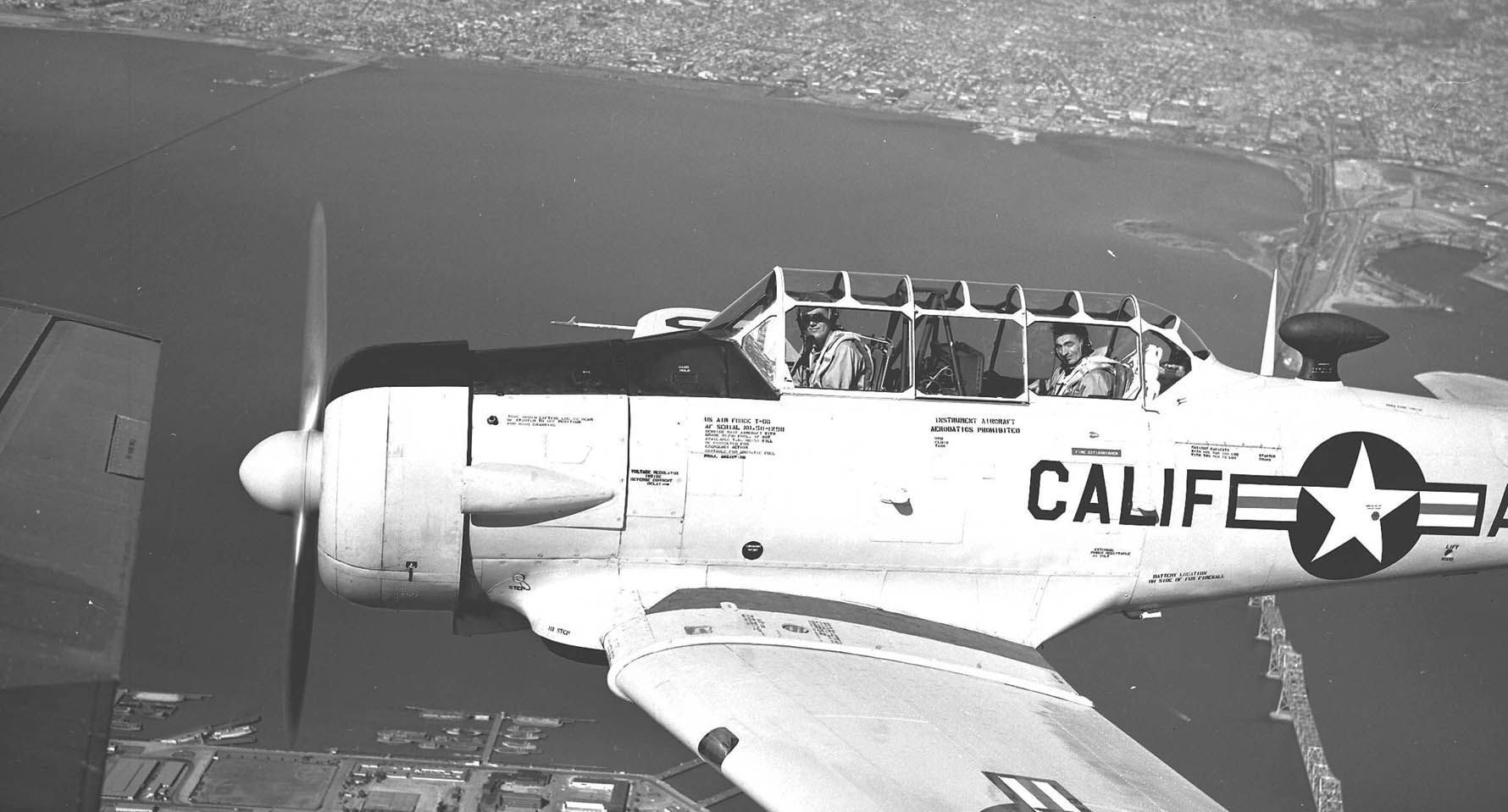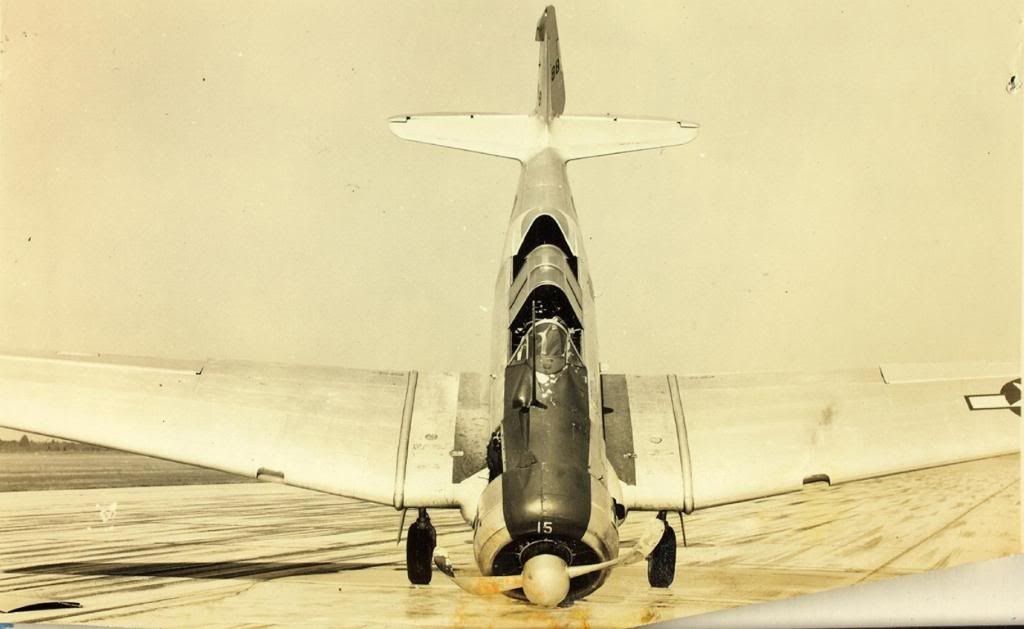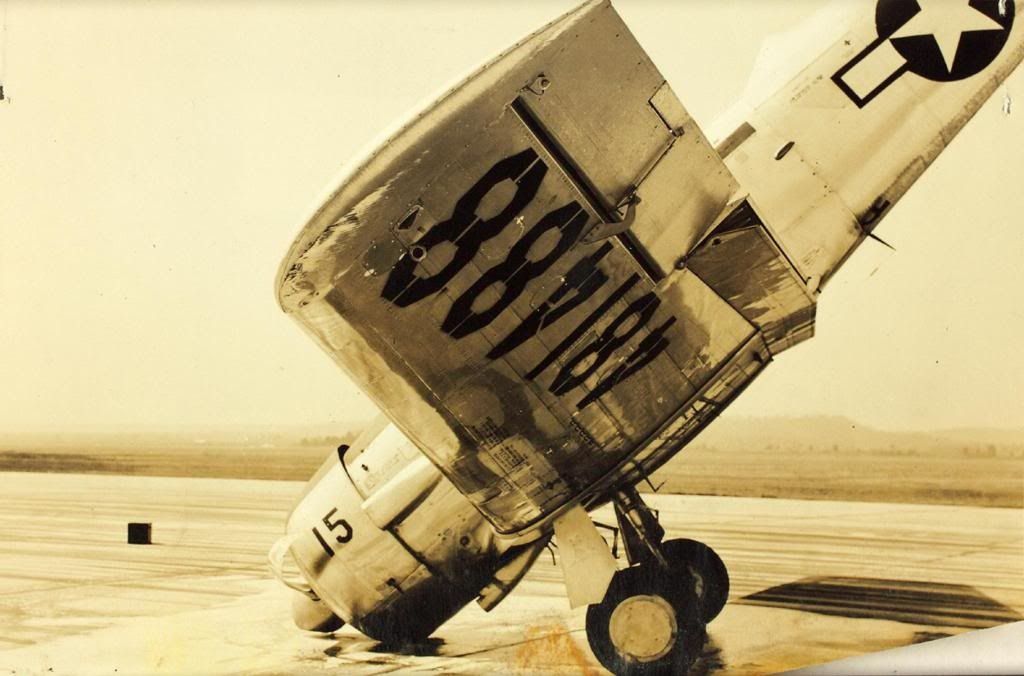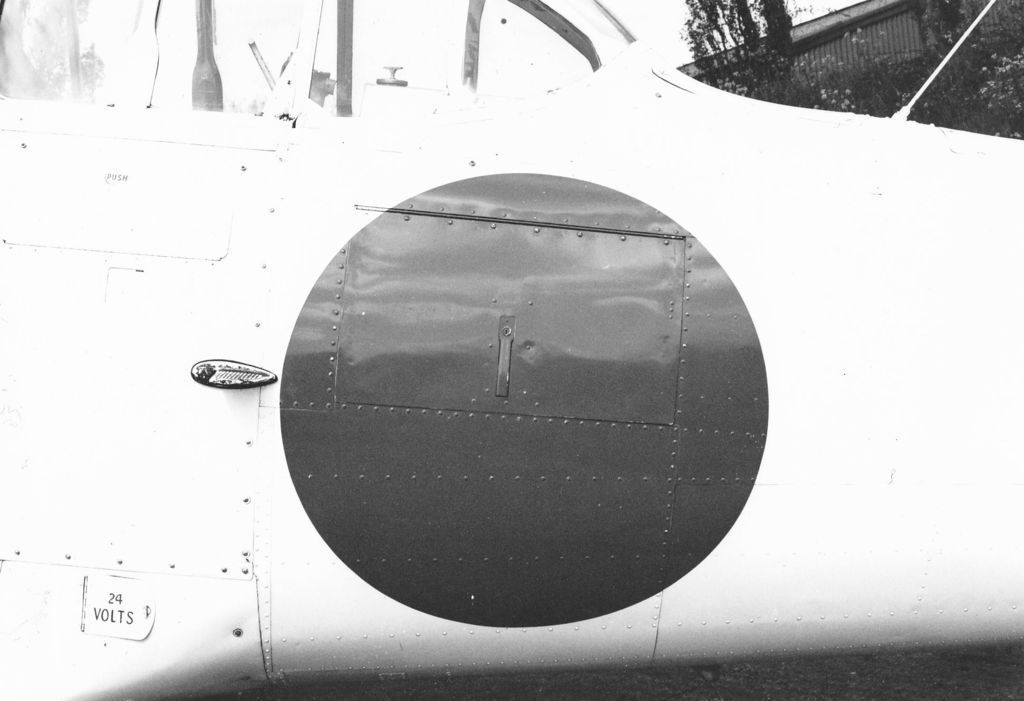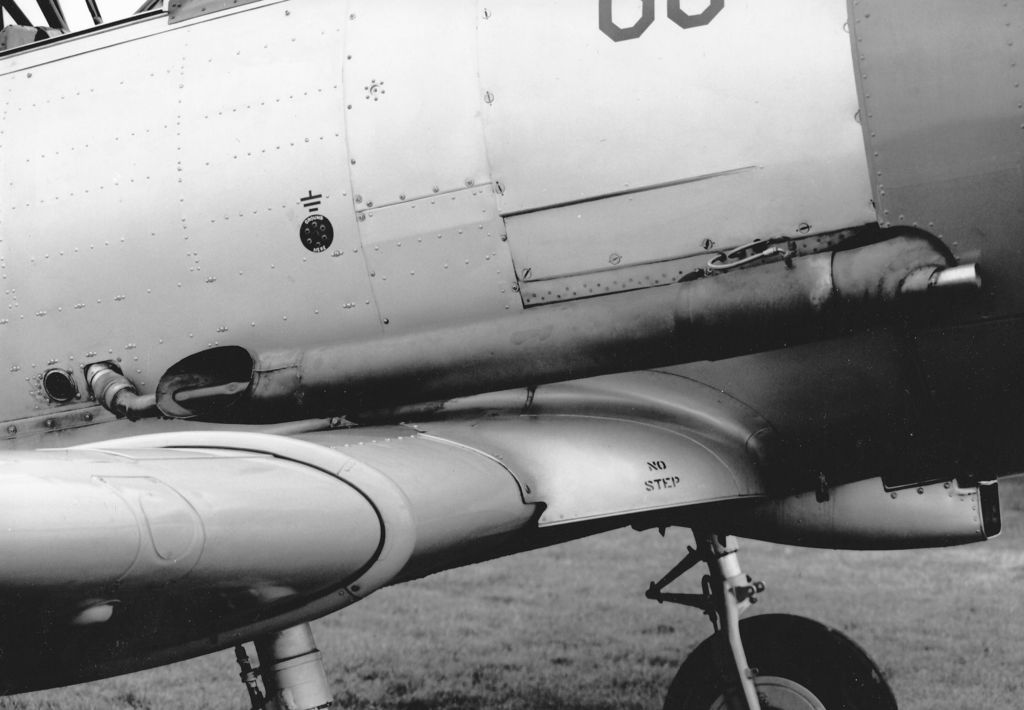That big ADF "football" on the spine of the aircraft was a post-WWII addition, as were the canopies with the missing central framing, so if a WWII-era paint scheme is applied, these will be two items that should be 'checked off' for proper appearance (for those that care about such things) - the spinner was also a very late WWII addition, only seen during WWII on a few AT-6D's/F's/SNJ-6's, and thus the vast majority of WWII-era Texans/SNJ's never had that. With the fully framed canopies fitted, and the ADF antenna and spinner removed, the aircraft will look outwardly very close to a WWII AT-6C/AT-6D/SNJ-4/SNJ-5 (which I'm trilled about!). - For those that haven't yet seen on the A2A forums, I mention this because all of those details will be selectable from the maintenance hangar screen.
The fully clear rear windscreen, as seen in the racer option, was originally introduced in late AT-6 production (seen fitted to AT-6F's and the SNJ-6's), but these still had the earlier fully framed canopies - just one of those things that highlights how so many things changed/varied, not only between AT-6/SNJ/Harvard production, but all of the changes/variables that there have been on any particular airframe in all of the years since original manufacture. All that really matters, is that the basic AT-6/SNJ/Harvard airframe is largely the same no matter what you call it, it's not until you dive into the details that they become so separated. All of the one-offs, racers, or Hollywood modified examples aside, some sources claim that there are no fewer than 260 different sub-types of the AT-6 family, especially if you go all the way back to the root of its design, in the General Aviation company's GA-1 to GA-15 designs. What is considered the prototype of the AT-6, the fixed-gear, open cockpit, NA-16, was flown for the first time on April 1, 1935, powered by a 400-hp R-975 engine.







 when this will be released and if it will be priced above
when this will be released and if it will be priced above  my budget for add-ons.
my budget for add-ons.


